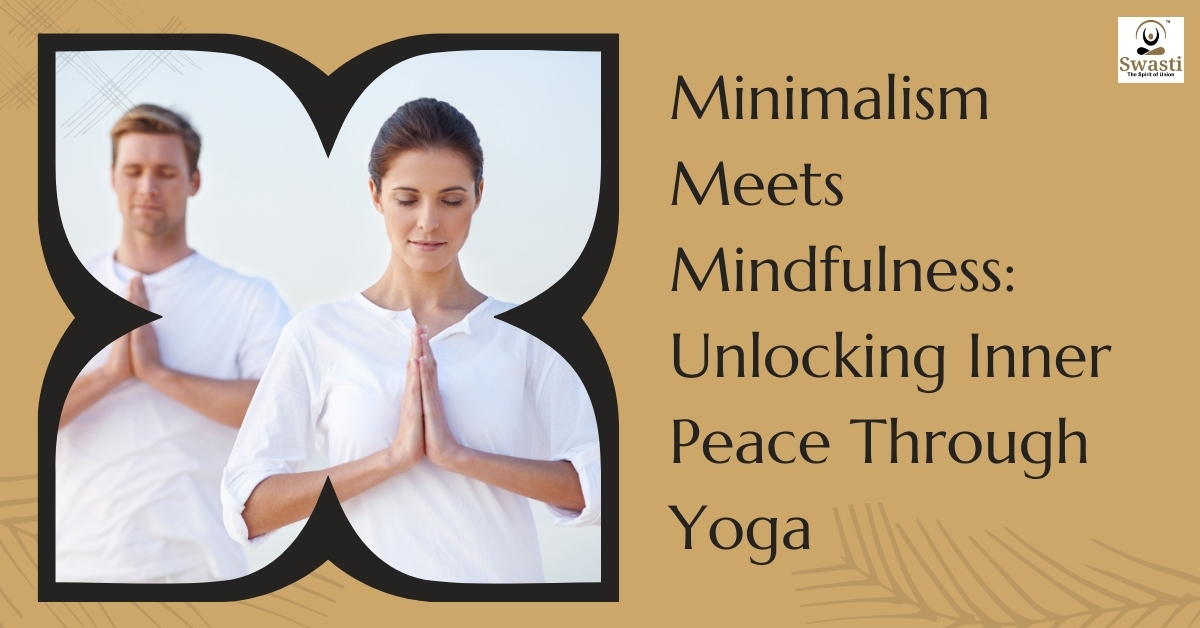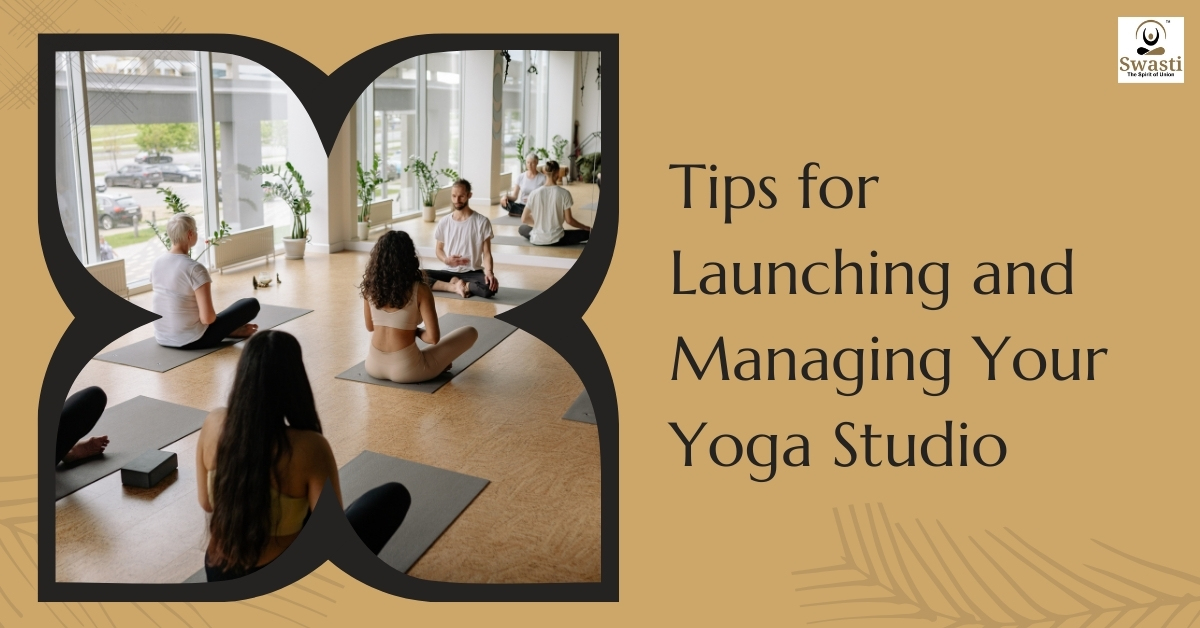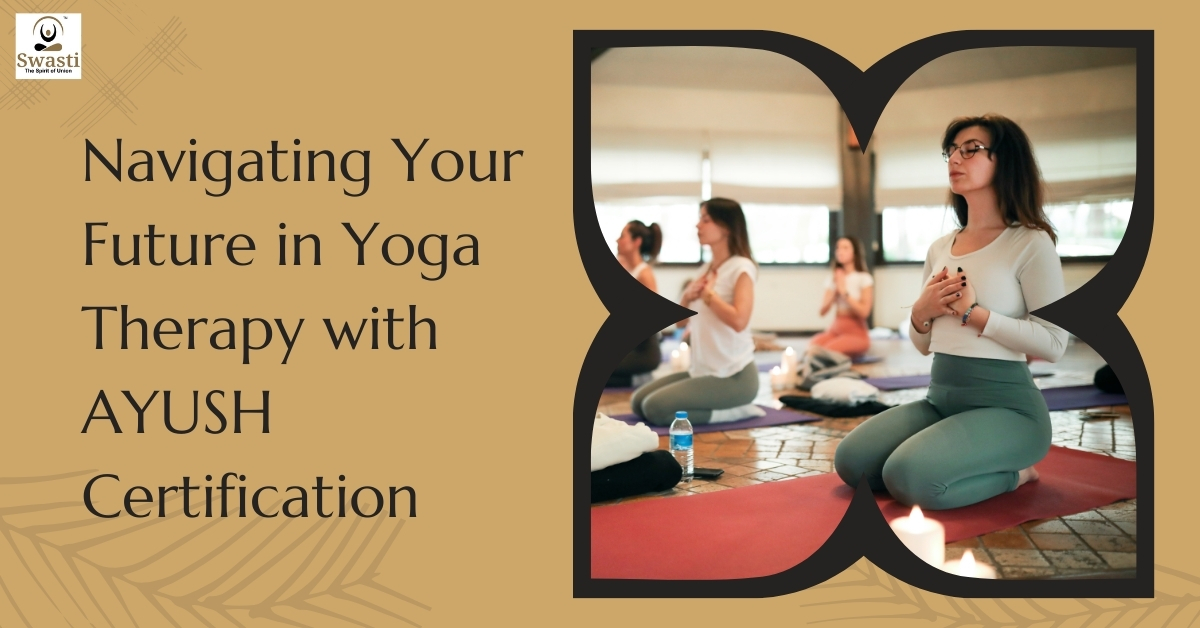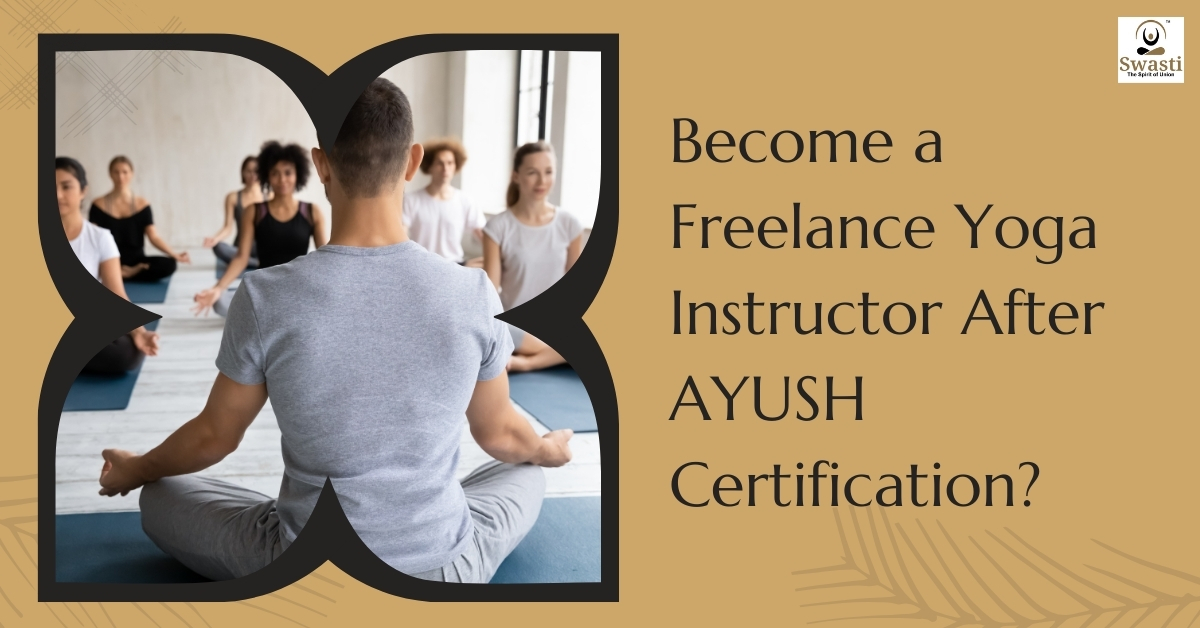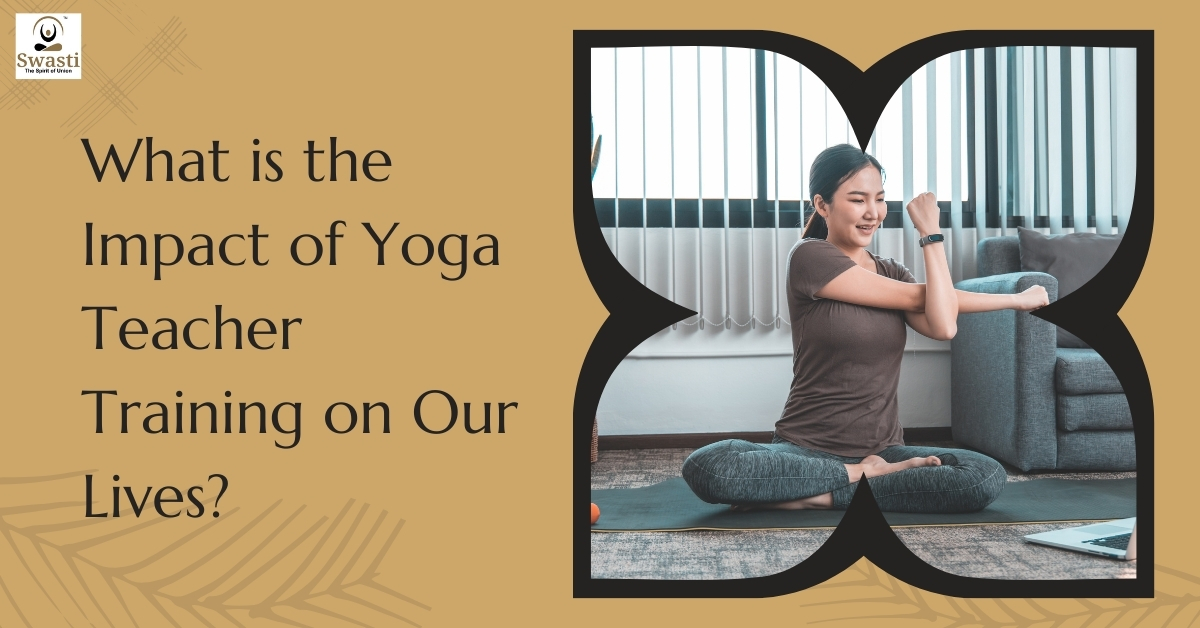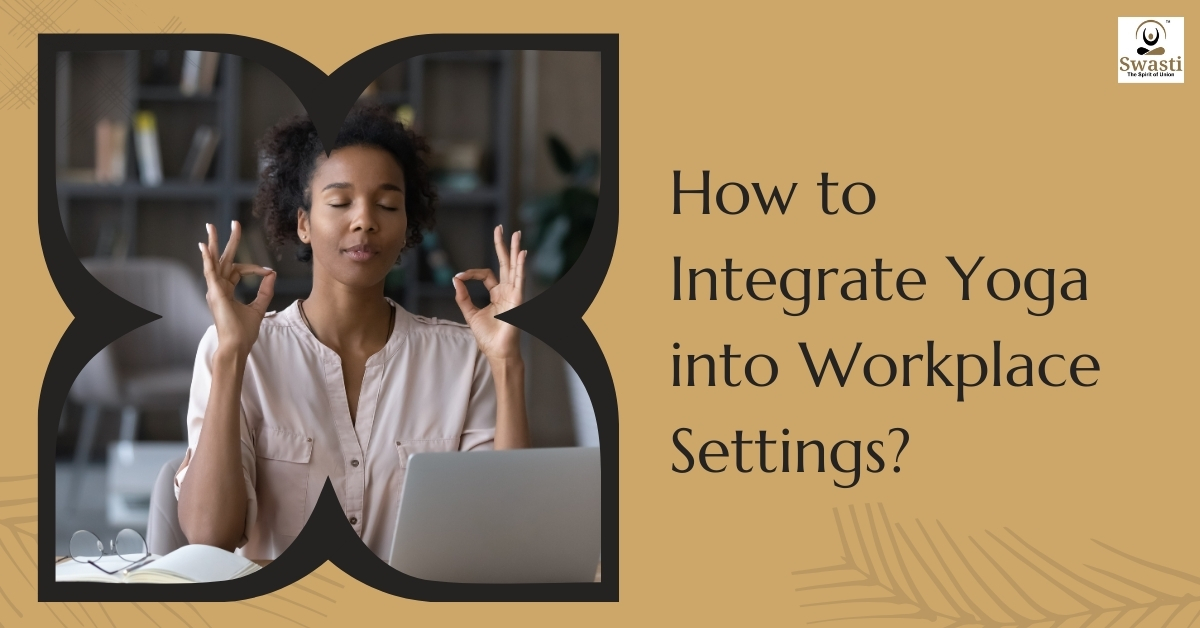
Eco-Conscious Living: Small Changes, Big Impact!
As the world grapples with environmental challenges such as climate change, pollution, and resource depletion, the importance of living a sustainable lifestyle is becoming increasingly clear. Adopting an eco-conscious way of living doesn’t mean overhauling your entire life overnight. Instead, making small, deliberate changes can collectively lead to significant environmental benefits. This blog explores practical and simple adjustments that anyone can make to contribute to a healthier planet. Understanding Eco-Conscious Living Eco-conscious living involves making decisions that are mindful of the environmental impact. It’s about recognizing your role in the broader ecosystem and adjusting your habits to promote sustainability. By choosing eco-friendly practices, you not only minimize harm to the environment but also often enhance your quality of life. Benefits of Eco-Conscious Living 1. Reduces Environmental Impact Each action you take to reduce your footprint means less waste going into landfills, fewer emissions contributing to air pollution, and less water wasted. 2. Saves Money Eco-friendly practices like using less energy and water can significantly lower monthly utility bills. Over time, these savings can add up to a substantial amount. 3. Promotes Healthier Living Often, eco-friendly options are also healthier. For example, reducing the use of plastic can decrease exposure to harmful chemicals. Organic and locally sourced foods are free from pesticides and preservatives, which are better for your body. 4. Supports Sustainable Businesses When you purchase products from companies that prioritize sustainability, you help create economic incentives for other companies to adopt eco-friendly practices. Small Changes for a Big Impact 1. Reduce, Reuse, Recycle The principle of reducing, reusing, and recycling can significantly lower your environmental impact. You can start small by reducing waste, reusing containers, and recycling old items. Practical Steps: Buy in bulk to reduce packaging waste. Use cloth bags instead of plastic. Properly sort your waste to enhance the effectiveness of recycling programs. 2. Conserve Water and Energy Water and energy conservation not only helps the planet but also reduces your utility bills. Practical Steps: Install low-flow showerheads and tap aerators to reduce water usage. Use a programmable thermostat to better control heating and cooling. Hang clothes to dry instead of using a dryer. 3. Choose Sustainable Transportation Opting for greener modes of transportation can significantly reduce your carbon footprint. Practical Steps: Use public transit systems for daily commutes. Consider telecommuting if your job allows it. Organize and participate in carpooling whenever possible. 4. Eat a Plant-Based Diet The food industry, especially meat and dairy, is a major contributor to climate change. Reducing your intake of animal products can have a big impact. Practical Steps: Start with meatless Mondays and gradually increase the number of plant-based meals. Experiment with diverse vegetarian recipes to keep your diet exciting and nutritious. Educate yourself about the benefits of a plant-based diet in terms of health and environmental impact. 5. Support Eco-Friendly Products Choosing products from environmentally responsible companies promotes sustainable practices in the corporate sector. Practical Steps: Research products before purchasing to ensure they meet environmental standards. Use products made from natural or recycled materials. Opt for items that come with minimal packaging or are packaged in recycled materials. 6. Educate Yourself and Others Knowledge is a powerful tool in the fight against environmental degradation. By educating yourself and sharing what you learn, you can influence others and create a larger impact. Practical Steps: Attend workshops, seminars, and webinars on sustainability topics. Share informative posts on social media about eco-friendly practices. Encourage discussions on environmental issues within your community. Staying Committed to Eco-Conscious Changes While initial enthusiasm for eco-friendly changes is important, it’s more crucial to sustain these changes long-term. Integrating them smoothly into your lifestyle ensures they become habits rather than temporary efforts. Focus on one change at a time and allow yourself to adjust before adding more. Conclusion- Adopting an eco-conscious lifestyle is a journey of many steps, but even the smallest ones count. Each sustainable choice you make not only benefits the environment but also supports a healthier, more sustainable economy and society. Start small, think big, and remember that every eco-friendly action contributes to a much larger goal of preserving our planet for future generations. Your efforts are valuable and necessary in fostering a sustainable world.

